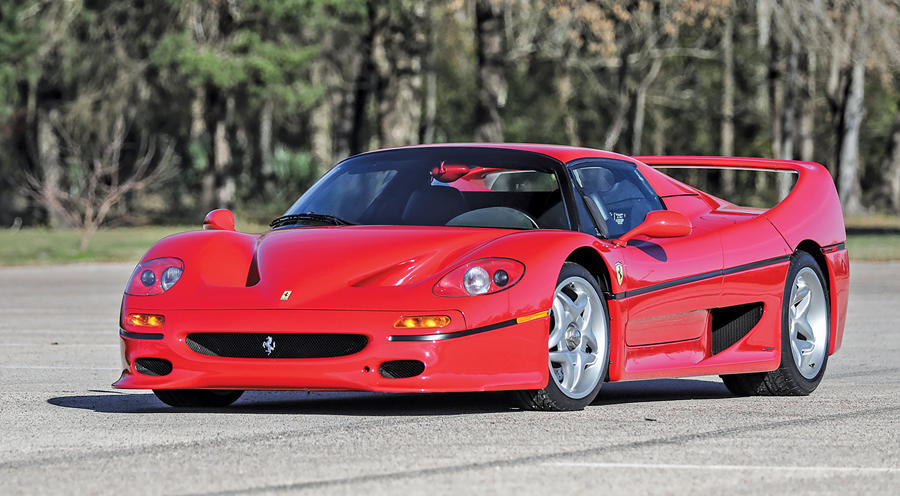Chassis Number: ZFFTG46A5S0103922
During the early 1990s, premier sports-car manufacturers began to implement Formula One technology in road-going automobiles to a previously unheard-of degree. The first major step in this direction arrived in 1992 with the McLaren F1, a car that boasted a naturally aspirated V12 engine, a central driver’s seat and exotic, race-proven materials in all aspects of its construction.
Not to be outdone, three years later Ferrari unveiled the F50. Like the McLaren F1, the F50 was a brilliantly engineered supercar that made use of authentic Formula One technology. It too possessed the purity of a free-revving, naturally aspirated V12 engine and traditional 6-speed manual gearbox, while eschewing driver aids such as power steering and anti-lock brakes.
Over the past two decades, the F50 has come to be regarded as the most collectible Ferrari supercar, as it is the only model in the evolution from 288 GTO to LaFerrari that features the unique combination of a naturally aspirated V12 engine, 6-speed manual gearbox, Pininfarina-designed bodywork, and an exhilarating open-air driving experience.

